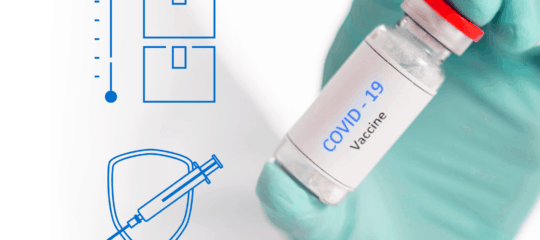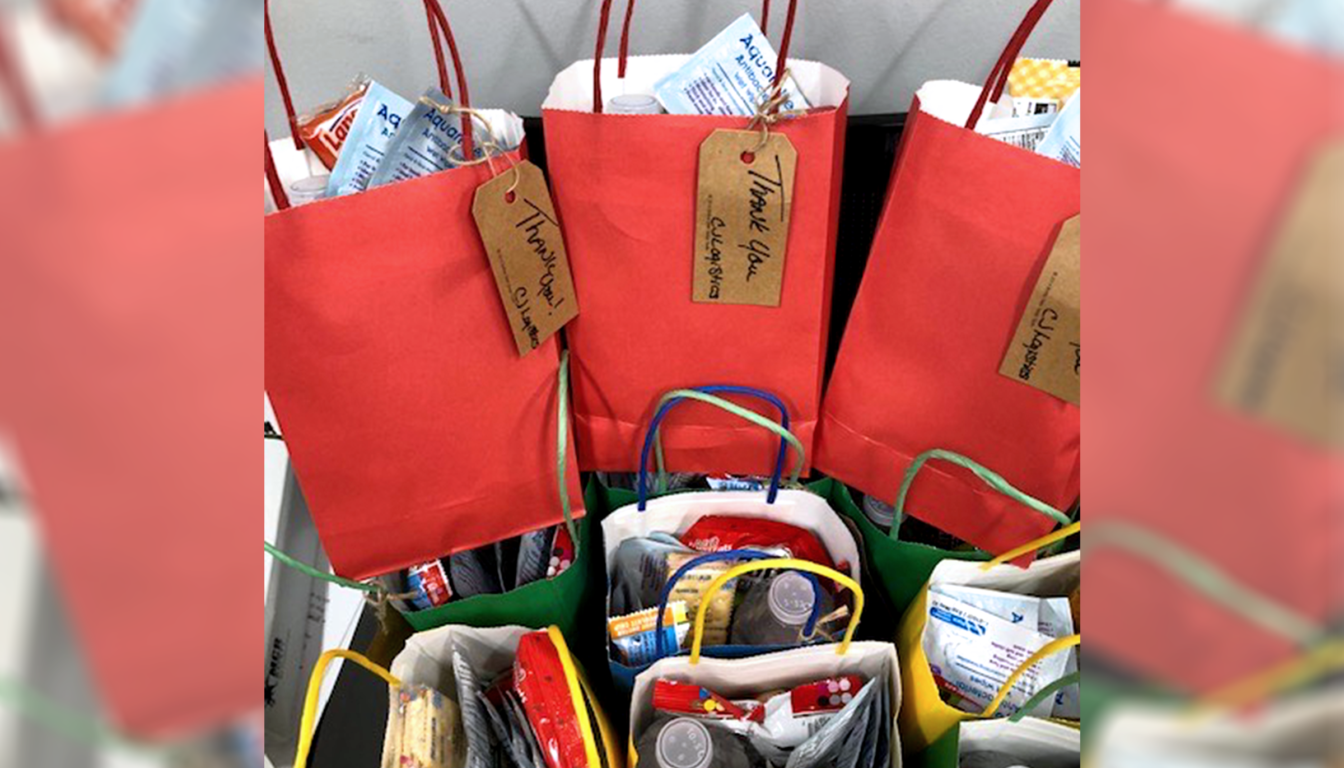A year into the COVID-19 pandemic, with the urgent need for vaccinations against the coronavirus, vaccines are now among the critical supplies moving through the supply chain. Much effort and dedication are required to keep the vaccine supply chain moving, and the cold storage or cold chain providers who are charged with vaccine distribution face significant pressure and challenges.
This challenge for the vaccine supply chain results from the varying specific cold chain requirements of the first two approved vaccines: the Pfizer vaccine, made in Michigan and delivered in dry ice through companies like FedEx and UPS to locations across the country, not distributed through Operation Warp Speed, requires ultra-low temperatures (-70 degrees C / -94 degrees F) in transit and during storage; it can last at standard refrigerator temperatures for up to five days. The Moderna vaccine, manufactured in New Hampshire, Pennsylvania and Indiana, then distributed from Irving, Texas, part of Operation Warp Speed, must be shipped at -20 degrees C / -4 degrees F; once thawed it can be kept in a regular refrigerator as long as a month.
Dry ice shipping and last mile provisions for when the vaccines are out of the cold chain present their own challenges. In a webinar hosted by the Supply Resource Chain Cooperative in the Poole College of Management at North Carolina State University, “The COVID-19 Vaccine Supply Chain: Potential Problems and Bottlenecks,” Dr. Daniel J. Finkenstadt, Naval Postgraduate School, points out how essential it is to minimize the risks inherent in the high-touch handling of dry ice packing, and repacking if necessary. Dr. Robert Handfield, Poole College of Management, emphasizes the concerns about the last mile and handling the vaccine being out of the cold chain.
An important consideration with the vaccine cold chain and last mile shipping is equity, as Supply & Demand Chain Executive (SDCE) and other sources point out. Because the cold chain has specialized equipment and processes, it can be described, as SDCE does, as an inequitable system that works best in locations, like urban areas, with extensive transportation alternatives, dependable power and a trained workforce.
In small town, rural and geographically separated areas without these resources in capacity and distribution options, there is more opportunity for supply chains to break down. Dr. Finkenstadt, Dr. Handfield and other industry experts emphasize the need to identify these places and populations and create solutions for bridging this gap in terms of being able to distribute vaccines across all areas of the country.
Such extensive care and planning are required because vaccines degrade quickly. Almost a quarter of all vaccines are compromised in shipment due to poor temperature management, according to the International Air Transport Association. In a Scientific American interview, “The COVID Cold Chain: How a Vaccine Will Get to You,” NC State Professor Julie Swann says pharmaceutical companies report that five to 20 percent of other vaccines spoil during distribution.
In the US and the rest of the world, temperature control in the cold chains is a major issue in the global effort to make vaccinations against the coronavirus available for everyone as quickly as possible, but it isn’t the only one. Concerns around planning, security, communication, coordination, tracking, monitoring and supplies are just some of the factors healthcare and supply chain experts must consider. As Dr. Handfield said, “One of the important things in any supply chain plan is awareness — awareness of all the possible things that could go wrong.”
A top dry storage provider to CPG companies, CJ Logistics America, formerly DSC Logistics, understands the added pressure companies are facing during the pandemic. CJLA employees remain dedicated to keeping the supply chain moving, providing the food, medical and consumer supplies that are critical to their fellow citizens.
“The COVID-19 pandemic has certainly underscored the criticality of logistics and supply chain, for both individuals and companies,” CJLA CEO Ed Bowersox said. “With the responsibility of distributing food and other essential goods, and now the urgency of vaccine distribution, logistics providers are playing ever more critical roles in keeping the supply chain moving and evolving through unprecedented times.”
For more information on CJ Logistics supply chain solutions:




